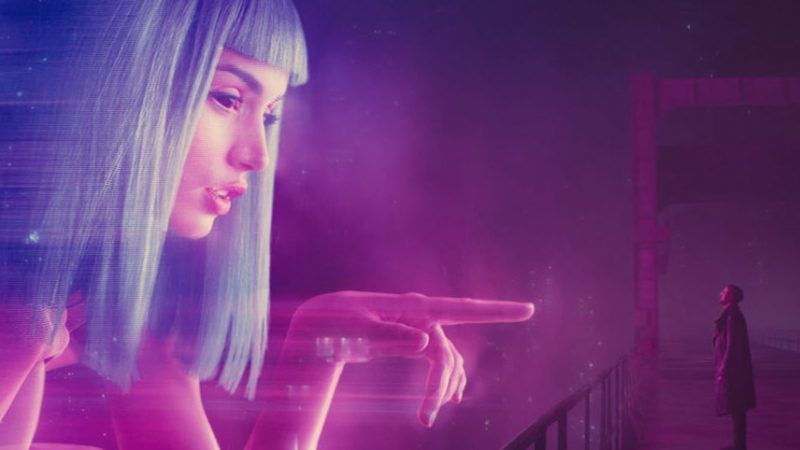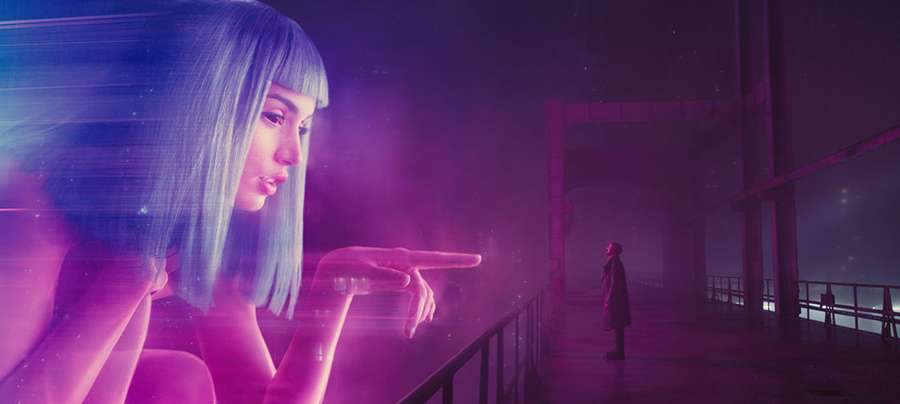Blade Runner 2049


It may have taken 35 years, but the neo-noir sci-fi cult favorite Blade Runner has finally gotten a movie sequel—one that raises interesting questions about what it means to be alive, but suffers from the fact that several of its lead actors behave as if they aren't.
Set 30 years after the original film, Blade Runner 2049 stars Ryan Gosling as K, a bioengineered android (called a replicant) who works for the police hunting down his own kind. His only joy is Joi, his similarly robotic girlfriend, a sexy hologram played by Ana de Armas. After discovering the remains of a replicant who apparently gave birth—something previously believed impossible—he goes rogue and begins searching for Rick Deckard, Harrison Ford's character from the previous film. The quest brings K into conflict with his creator, played by Jared Leto, whose painful overacting fails to put his dreadful turn as the Joker in Suicide Squad behind him.
Like its predecessor, Blade Runner 2049 borrows ideas from Philip K. Dick's Do Androids Dream of Electric Sheep? But these ideas—Do replicants deserve rights? Are they properly alive?—are rendered uninteresting by the film's slow pace and wooden performances. If we are to give any future replicants full human rights, they are going to have to project "real" better than the actors in this dud.
This article originally appeared in print under the headline "Blade Runner 2049."

Show Comments (0)